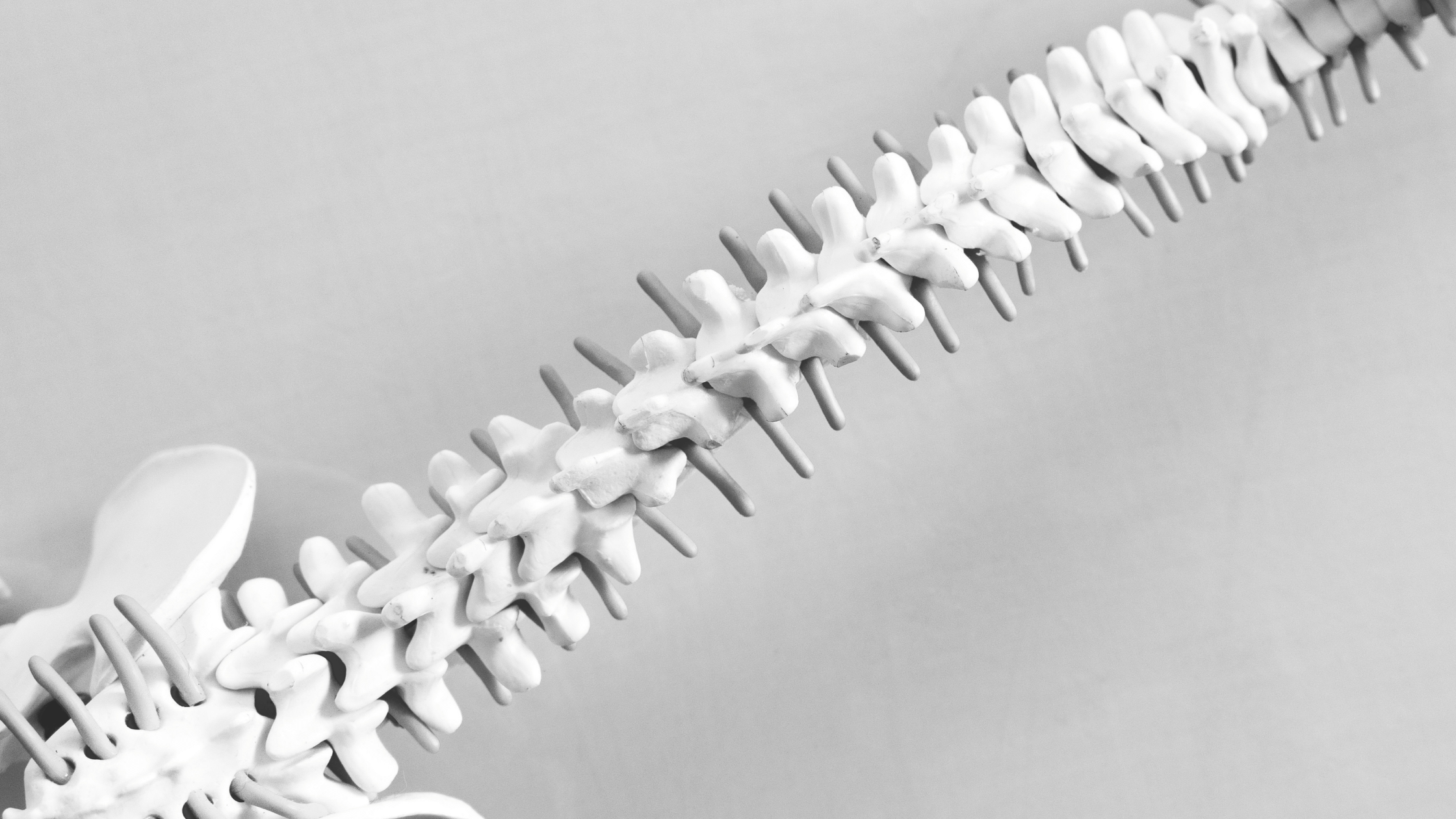

Today we look at spinal stenosis and what symptoms you may have that could lead you to believe you have stenosis
Stenosis is known as the gradual narrowing of the spaces within the spinal cord (canal), and if the narrowing gets small enough, it will result in pressure on the spinal cord or nerve roots.
Stenosis can occur due to discs prolapsing into the spinal canal or discs prolapsing into the intervertebral foramen.
Stenosis can also occur from subluxations to the spine as the vertebrae are out of position. Because of degeneration or spurs of the joint going into the IVF or swelling of the joint from trauma.
Ultimately, how do you know if you have stenosis?
A lot of the time, you will get referred pain, pain at the site and/ or loss of strength in your fingers, hands, etc.
Spinal stenosis can occur in multiple locations at the same time, for example, the lumbar spine (lower back) as well as the cervical spine (neck)
You may find that soft tissue therapy isn’t cutting it because you are dealing with superficial muscles and you aren’t fixing the cause of the problem.
Incorrect treatment of stenosis can aggravate or damage your spinal cord and nerves. Depending on the severity of your stenosis, we can help with the pain management and symptoms. But more importantly, prevent it from getting worse.
The best solution is to have it properly diagnosed through an x-ray, CT or MRI to confirm that you do have stenosis.
Here at the clinic, we don’t like guess, so we encourage these tests to confirm whether or not you have stenosis.
If you believe you have stenosis or someone has mentioned they believe they do, send them this video linked below and mention to them about coming into the clinic to get checked out.
